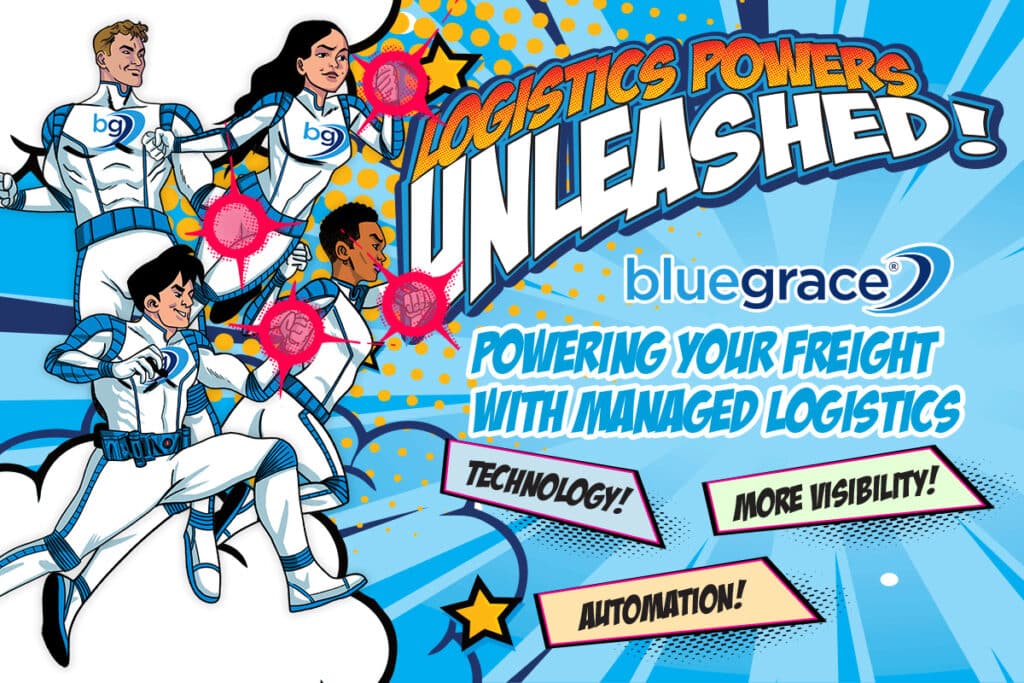The Role Of Data Streamlining And Digitalization To Cope With The Logistics Crisis
Verbal and non-verbal communication— like track and trace solutions— will dramatically increase the size of available data. Outdated software models based on green screen technology are likely to face legacy issues and are inadequate to deal with the current situation in the industry. Technologies like Internet of Things (IoT), Robotic Process Automation (RPA), Blockchain and digitalization all help to collect data that can optimize the operational system, providing visibility within end-to-end supply chains.
Through digitalization and the gathering of data, the logistics industry can streamline maintenance, optimize the use of resources, and reduce costs.
Vehicle and driver data can be used to create insights to make targeted tweaks in internal and external operations. Trucking companies are now able to monitor fuel economy and driver behavior, leading to a better understanding of asset utilization. Through digitalization and the gathering of data, the logistics industry can streamline maintenance, optimize the use of resources, and reduce costs.
IoT allows the industry to get real time data and tracking information so new orders can be quickly assigned to the nearest vehicle. Drivers can be routed around traffic obstructions and notified if delivery destinations change route. Electronic Logging Devices (ELD) keep track of the truck activity. Data points help capture an accurate record of duty status (RODS) and hours of service (HOS). Additionally, ELD provides insight on breaks, vehicle speed and in general, provides valuable information that can help reduce exhaustion and potential accidents, while also helping meet the regulatory guidelines.
The Short-Term And Long-Term Impact That Visibility Will Have On The Supply Chain
The crisis exposes both opportunities and challenges, as COVID-19 has changed consumption patterns, affecting both brick-and-mortar and E-Commerce businesses. This accelerated E-Commerce transition and rise of B2C puts customer delivery and service in the spotlight. It seems that going back to the “old normal” is highly unlikely.
Stakeholders need streamlined data and data standardization to guarantee a seamless trade.
The need for end-to-end visibility and transparency in order to meet these goals comes with this new approach, proving the importance of digitalization. Stakeholders need streamlined data and data standardization to guarantee a seamless trade. These changes will provide end-to-end visibility which will then enable adopting interoperability. All these insights mean that data analytics companies can focus on their business while optimizing data, overseeing compliance, safety, and efficiency.
To meet a customer’s expectations and needs, visibility and real-time tracking gives shippers insights of the location of their purchase. This helps them optimize routing, foresee ETA and react more flexibly on disruptions. Visibility helps create a resilient supply chain that better adapts to unforeseen events and the challenges of a volatile market.
In the short term, shippers and retailers need to adapt to the new situation and keep up with demand, while coping with restrictions. It is in the long term however, that the logistics industry will face a bigger transformation. To adapt to new consumer patterns, customer expectations, and market volatility, the implementation of new technologies and digitalization is a must-have to keep up with competitors.
Logistics hubs will re-emerge at the regional level to both eliminate single source dependencies and establish a flexible and adaptable supply chain. End-to-end visibility will be the basic requirement for a working supply chain. It will increase efficiency, optimize operations, and will help in meeting business goals. Automation will also play a key role, right from eliminating low-level workflows to pushing autonomous robots to deliver packages in the last-mile.





